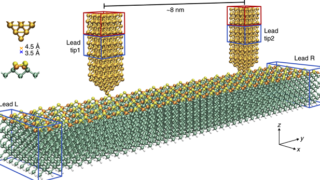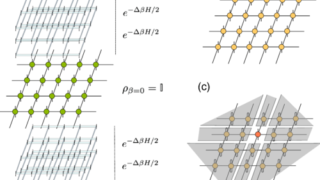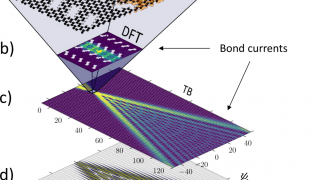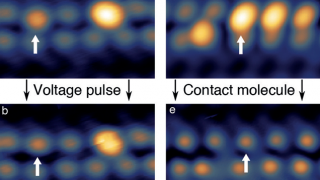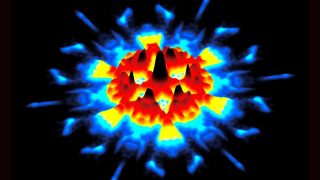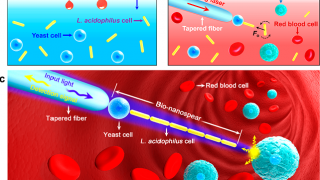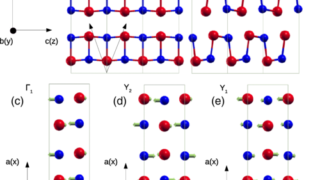
Why SnSe is so thermoelectrically efficient
With the possible exception of Avogadro’s number, which was in reality defined and made popular by Stanislao Cannizzaro, many things in the sciences are usually named after the person who makes them popular. The Seebeck effect is an example. Originally discovered in 1794 by Alessandro Volta, it is named after Thomas Johann Seebeck, who in […]
